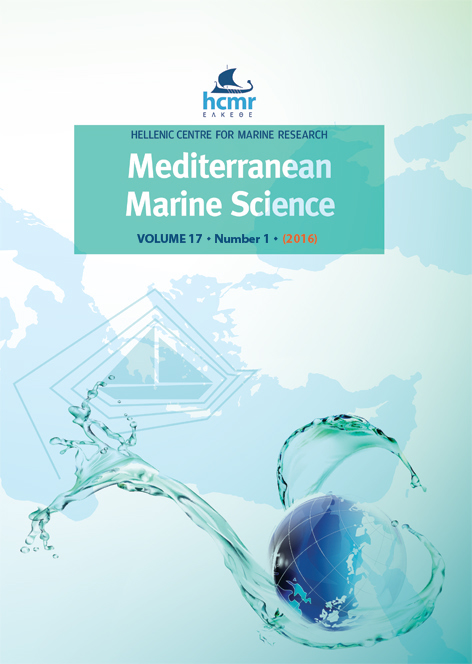Spatial and temporal distributions of the sponge fauna insouthern Italian lagoon systems
Résumé
The present work focused on the taxonomic composition, spatial distributions, and temporal distributions of the sponge fauna from the main lagoon systems of southern Italy: Lesina, Varano, Taranto, Alimini, Faro, Ganzirri, Tindari and Marsala. Overall, 62 sponge species were recorded, belonging to the classes Demospongiae (52 species), Calcarea (8) and Homoscleromorpha (2). All the lagoon systems studied hosted sponges, even if with marked differences. Species richness varied from one (Lesina) to 45 (Marsala). A large number of the species recorded during this study (52%) was found only at a single site, whereas a species only (Halichondria (H.) panicea) was present in all the environments studied. Sponges colonised all available substrates. Salinity was the ecological factort hat best explained the spatial distribution of sponges, even though the wide heterogeneity of sponge assemblages, strongly suggests an important role of stochastic factors acting on pre- and post-settlement phases. Comparison of the present data with lists available from the literature shows that sponge assemblages from most of the studied lagoons were quite persistent. However, in some of the lagoons remarkable extinction processes, probably related to massive and prolonged anthropogenic pressures, have contributed to large changes in the sponge patterns.
Article Details
- Comment citer
-
LONGO, C., CARDONE, F., MERCURIO, M., NONNIS MARZANO, C., PIERRI, C., & CORRIERO, G. (2015). Spatial and temporal distributions of the sponge fauna insouthern Italian lagoon systems. Mediterranean Marine Science, 17(1), 174–189. https://doi.org/10.12681/mms.1426
- Numéro
- Vol. 17 No 1 (2016)
- Rubrique
- Research Article
Authors who publish with this journal agree to the following terms:
- Authors retain copyright and grant the journal right of first publication with the work simultaneously licensed under a Creative Commons Attribution Non-Commercial License that allows others to share the work with an acknowledgement of the work's authorship and initial publication in this journal.
- Authors are able to enter into separate, additional contractual arrangements for the non-exclusive distribution of the journal's published version of the work (e.g. post it to an institutional repository or publish it in a book), with an acknowledgement of its initial publication in this journal.
- Authors are permitted and encouraged to post their work online (preferably in institutional repositories or on their website) prior to and during the submission process, as it can lead to productive exchanges, as well as earlier and greater citation of published work (See The Effect of Open Access).







